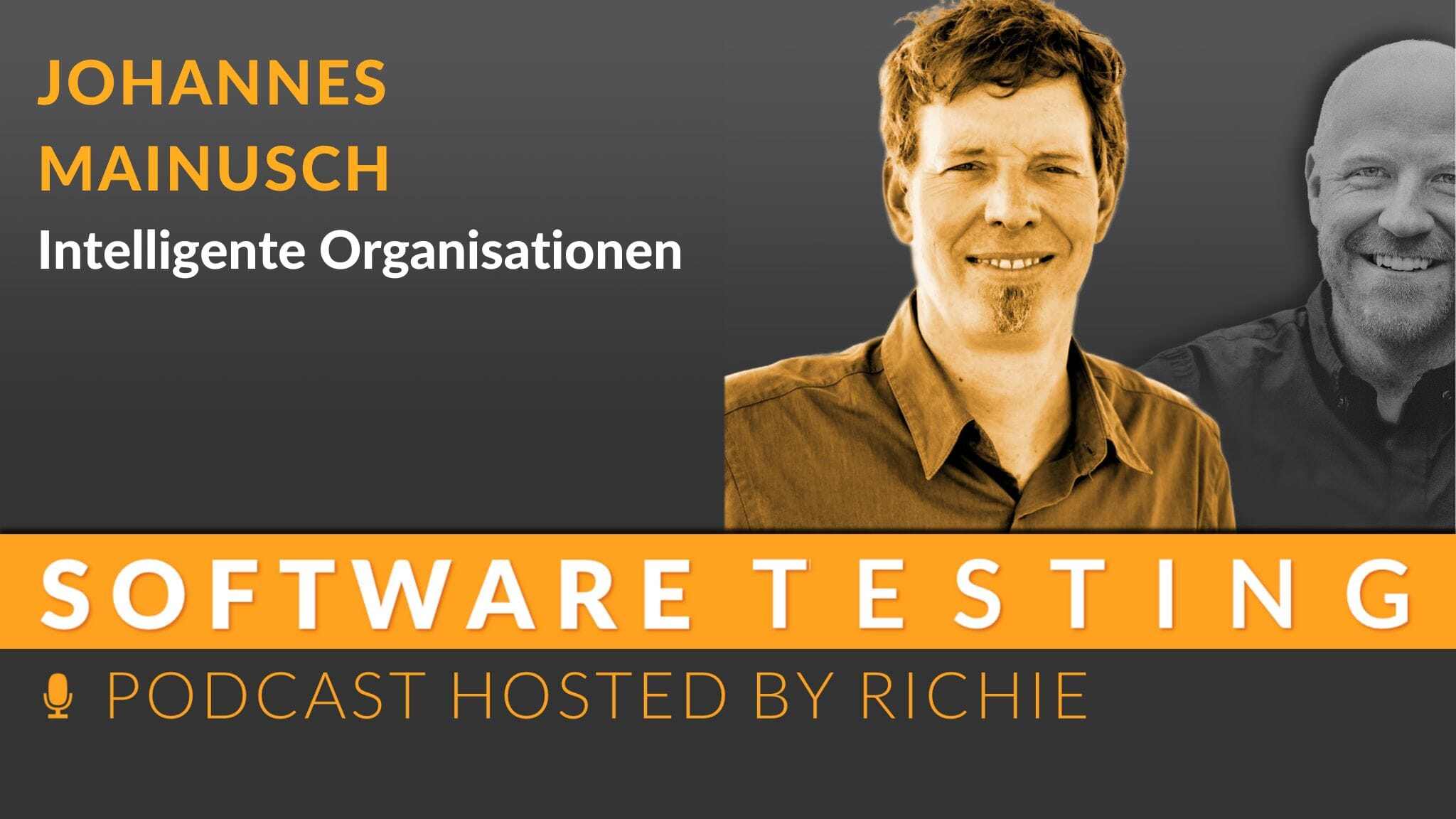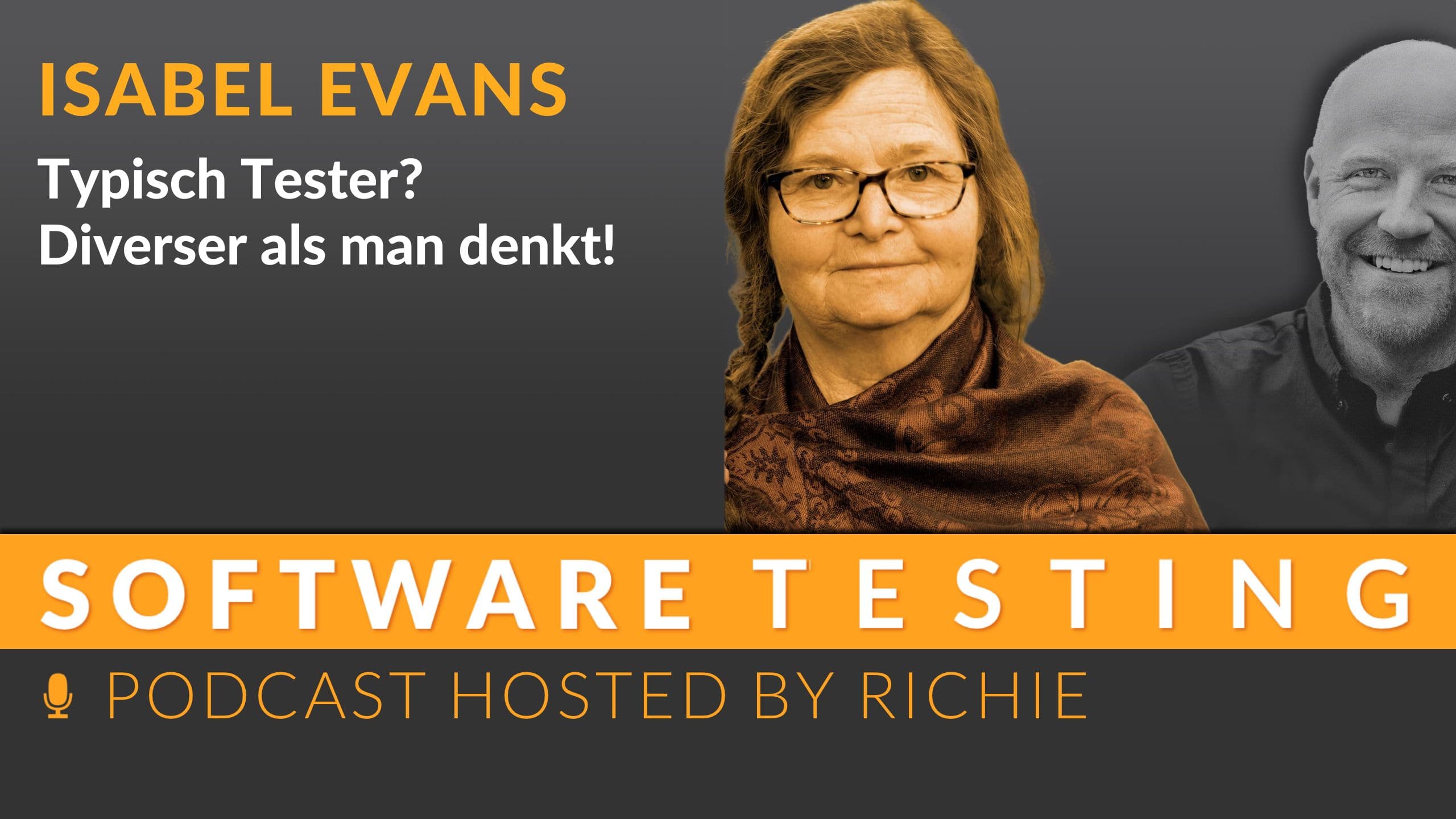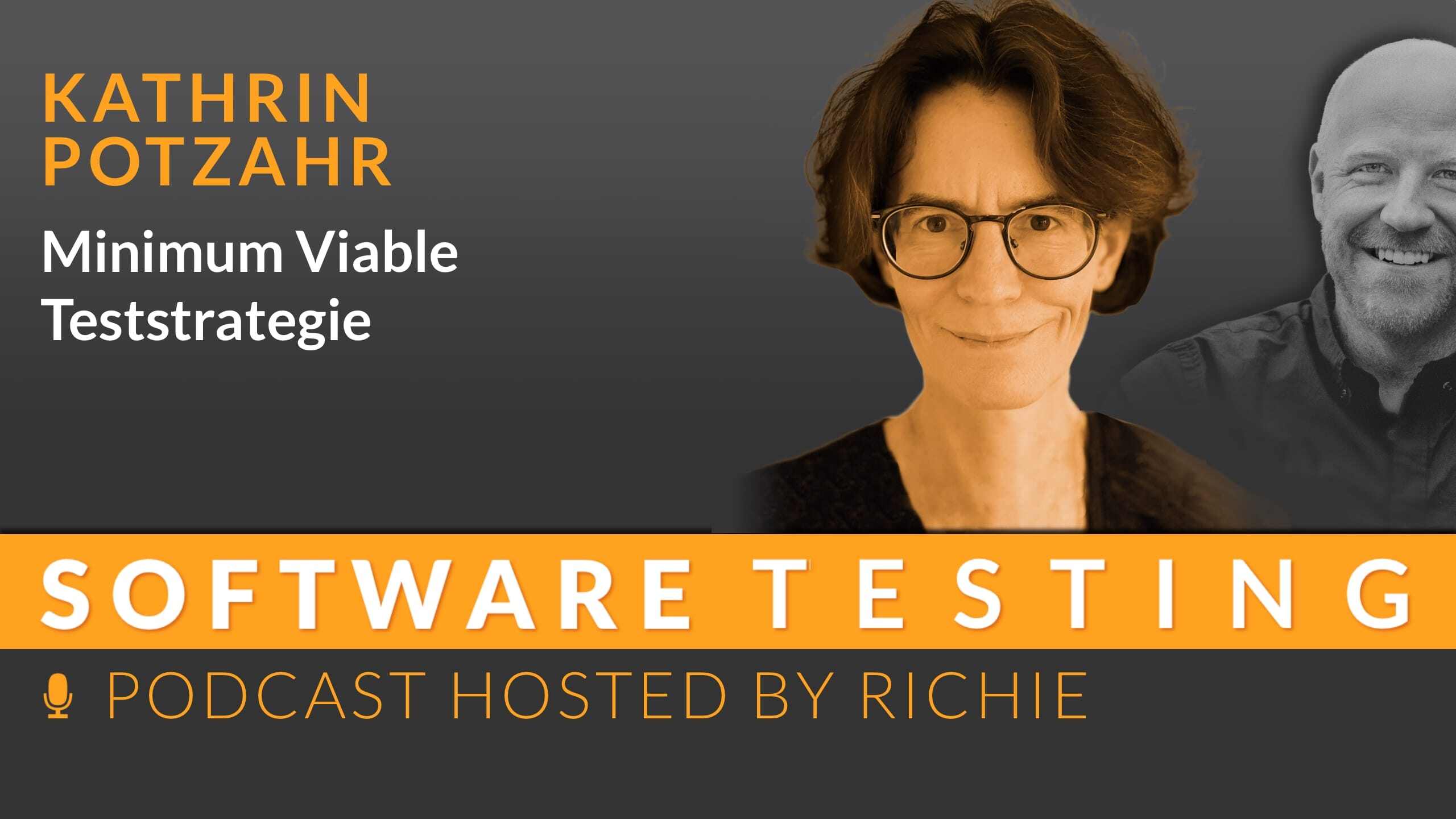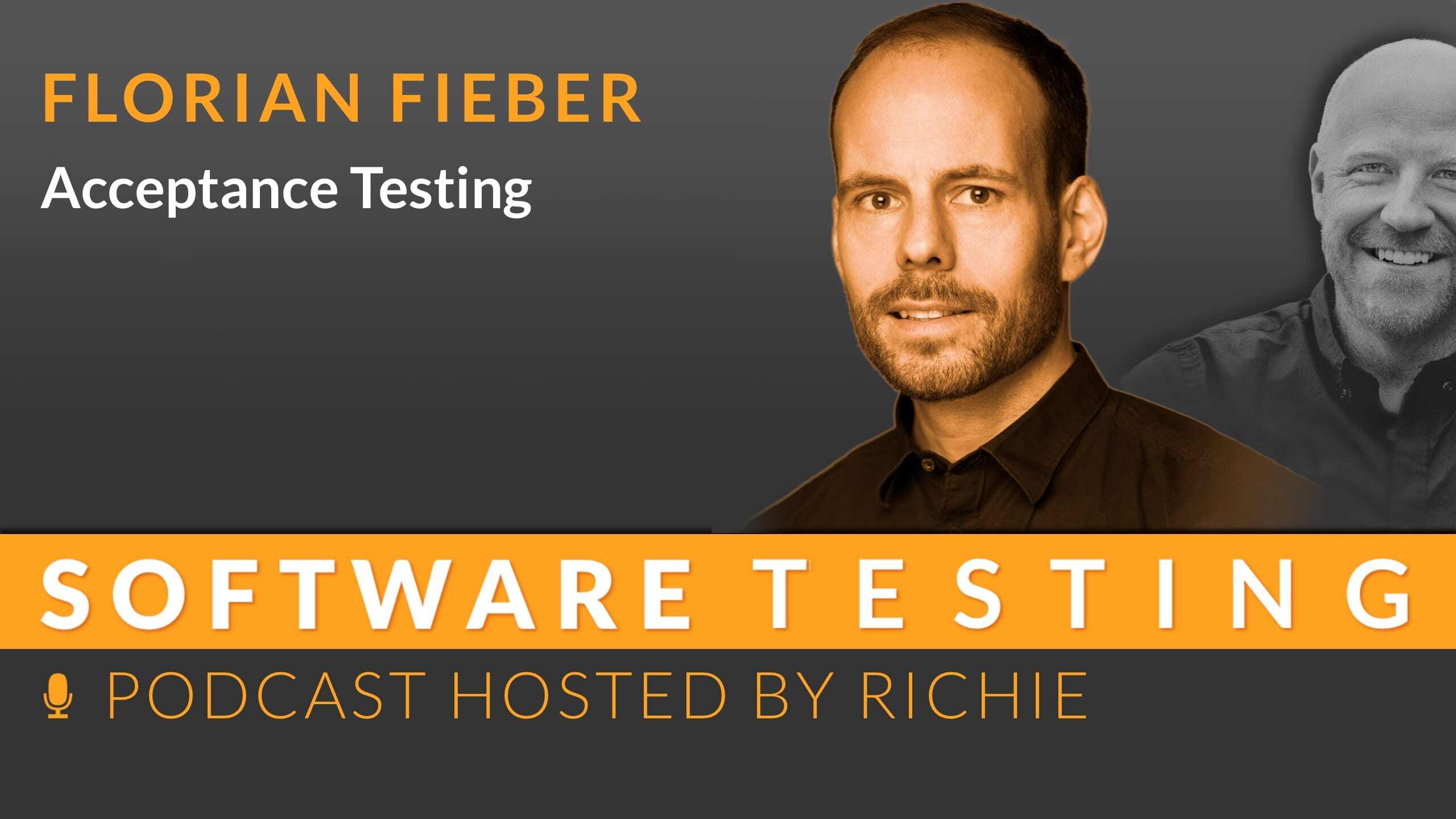Typical tester? More diverse than you think
Podcast Episode: Typical tester? More diverse than you think In this episode, I talk to Isabel Evans about her research into software testing...

In this episode, I talk to Hannes Mainusch about organizational development and the intelligence of organizations. We discuss how organizations can get out of so-called 'stupidity' and what makes them smarter. Hannes shares fascinating insights into how cells work and draws parallels to human organizations. We talk about how challenges and diversity can lead to better team dynamics and why it's important to regularly take a bird's eye view of your own work. At the end, Hannes gives practical tips on how individuals can initiate positive change in an organization.
"If you look at it microscopically, we are made up of lots of little cells, and crazy things happen in these cells." - Johannes Mainusch
Johannes Mainusch is the founder and contributor to kommitment. Lover of tube radios and bicycles. Prefers to travel light in Europe. Likes to code in typescript and go, but mostly works with non-deterministic processors in management meetings. Likes Labskaus and chaos.
Methods such as employee surveys, 360-degree feedback and workshops are useful for measuring the success of organizational development measures. Key performance indicators include employee satisfaction, turnover rates, productivity and innovation rates. This data helps to quantify progress and improvements and to evaluate the effectiveness of the organizational development carried out. Regular analysis enables adjustments and long-term success.
Organizational development often faces challenges such as resistance to change, unclear goals and poor communication. Employees are often skeptical or do not feel involved, which makes implementation more difficult. A lack of resources and inadequate training can also hinder progress. Inadequate leadership or support from management can also lead to difficulties. To be successful, it is important to identify these challenges at an early stage and address them in a targeted manner.
The aim of organizational development is to increase the performance and adaptability of a company. This is achieved by improving structures, processes and culture. It also aims to promote cooperation and increase employee motivation. Another focus is on the effective implementation of changes in order to achieve sustainable results. Overall, organizational development aims to future-proof the company and ensure long-term success.
The main tasks of a coach in organizational development are to support change processes, promote teamwork and develop leadership skills. They analyze the current situation, identify challenges and set clear goals. Methods include workshops, individual discussions and feedback sessions to improve collaboration and develop the potential of employees. The coach helps to implement sustainable changes and promote a positive corporate culture.
There are various models of organizational development that help to shape change effectively. The most well-known include Lewin's three-phase model (unfreeze, change, refreeze), the Kotter model with its eight steps to change and the Burke-Litwin model, which links processes and results. There is also McKinsey's 7-S model, which analyzes seven elements (Strategy, Structure, Systems, Shared Values, Skills, Style, Staff) in order to successfully implement change. Each model offers different approaches to improving organizational development.
Important phases of organizational development are analysis, planning, implementation and evaluation. In the analysis, the current situation is determined and needs are identified. This is followed by planning, in which goals and measures are defined. In the implementation phase, the planned measures are realized, followed by the evaluation, which checks the success and enables adjustments to be made. These phases are crucial for efficient and targeted organizational development.
The most important difference between organizational development and change management lies in the focus: organizational development aims at long-term, holistic improvement of the corporate culture and structure, while change management manages specific changes in a certain period of time. Organizational development is proactive and promotes continuous learning, while change management is reactive and facilitates the handling of defined changes. In addition, organizational development often refers to all employees, while change management often focuses on affected groups.
The most important difference between personnel development and organizational development lies in the focus: personnel development concentrates on improving the individual skills and knowledge of employees, while organizational development focuses on the entire structure and culture of an organization. Personnel development promotes personal growth, while organizational development manages changes in processes and systems to increase the performance of the organization. Overall, HR development is a subset of the broader strategies of organizational development.
The most important aspects of agile organizational development are flexibility, continuous learning and team-oriented collaboration. Organizations must be able to adapt quickly to changes, which requires iterative processes and regular feedback. In addition, agile methods promote employee empowerment, which increases their commitment and innovation. Transparent communication and an open culture are crucial to building trust and implementing adjustments effectively. Overall, agile organizational development aims to achieve greater responsiveness in the market through adaptive structures.
Organizational development refers to targeted measures aimed at improving the performance of organizations. It pursues goals such as increasing efficiency, improving cooperation and promoting innovation. Targeted changes in structures, processes and cultures create an adaptable and learning organization. The aim is to create a positive working environment and increase employee satisfaction.

Podcast Episode: Typical tester? More diverse than you think In this episode, I talk to Isabel Evans about her research into software testing...

Podcast Episode: Minimum Viable Test Strategy Written test strategies are endless and in the end nobody reads them. Many people are probably familiar...

Unfortunately, the acceptance test is often seen as the final test stage. If many errors are then found, the excitement and the amount of work...